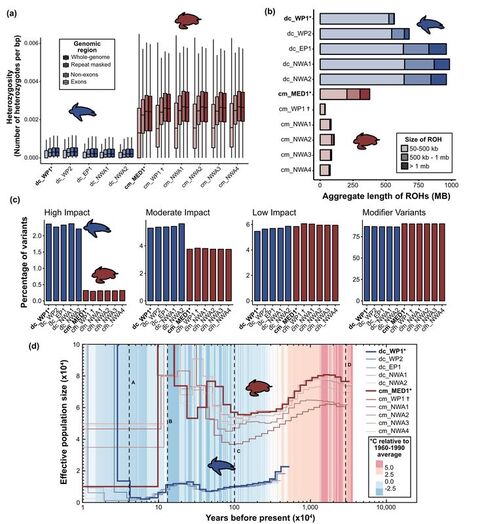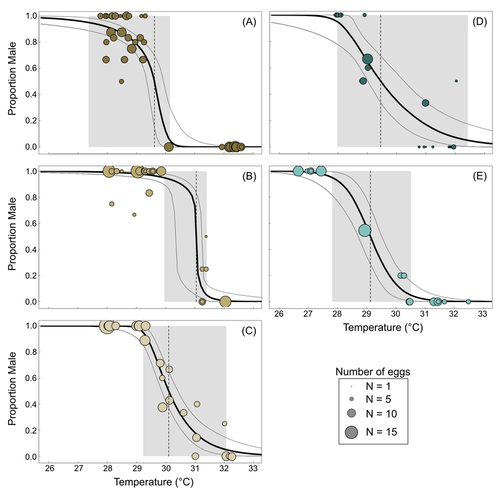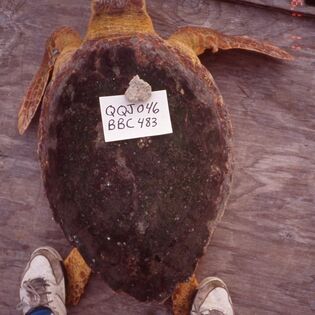Research
My research focuses on using molecular tools to investigate questions of ecology, conservation, and physiology with an overarching interest in the effects of organismal response to climate change, adaptation to local environments and processes dictating population dynamics.



